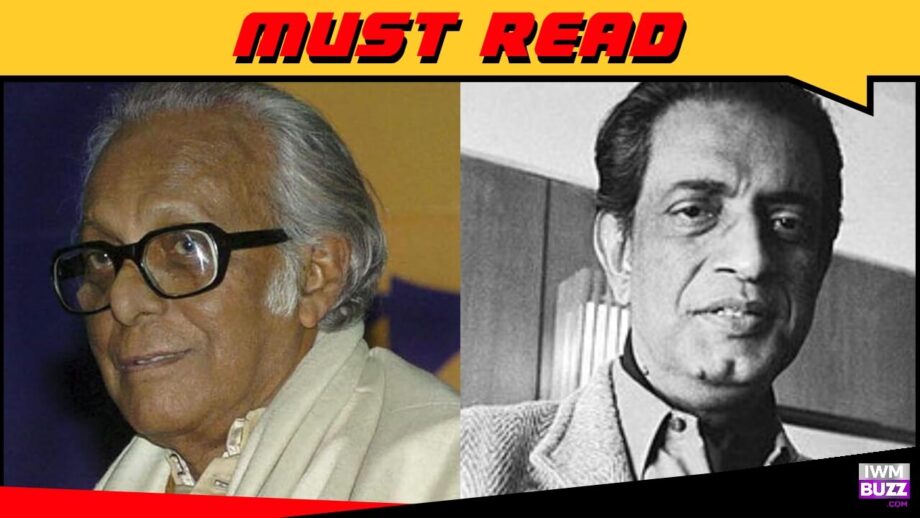With the fading enforcement of theatre in Bengali culture, the downturn looks even more fatal. In the decades ahead, it is highly improbable that the contemporaneous Bengali movie industry will be able to rebound from its downturn, and it’s for unconsolidated attachments we hold for our ancient stalwarts.
The Bengali film heritage had been augmented by Ritwik Ghatak, yielding the cinema of the time a holistic view. The pioneering work of Satyajit Ray and Mrinal Sen sparked an awakening in all facets of Bengali society, which availed a stage for artistic and creative manifestations. These days, socio-political films are seldom synthesised in Bengali cinema.
And now, with the losing loops of realism and liberation that of a film director, it becomes difficult to even concur with the recurrence of any upcoming that today’s Bengali film directors are likely to showcase. But we are only saying some of them; those who really are likely to bring up the second hidden skin of the infrastructure are chained down.
And that, my friend, leaves us with no choice but to witness the grand fall!
It would be necessary to introduce something new to the audience. In Bengali movies today, remakes are common, but they are ineffective. No, the audience does not want another ‘Ray’. They need ‘fresh air’. Without originality, our films devolved into mindless Tamil and Telugu cinema remakes. The rural belt generated profits that were short-term and fruitful.
And no, unfortunately, Srijit Mukherjee is not the answer! If you speak of any of his films, nothing really stood out on the grounds of ‘innovation’. You are stacked up with stagnation and ‘unconsolidated attachments’ again. You might bring in examples that you find intriguing or more like germinated to think it is; it’s just unfortunate you do not have exposure to the films made worldwide. Let’s talk about Srijit Mukherjee’s Autograph, Kaushik Ganguly’s Shabdo or even the very favourite of Bengalis, ‘ Rituparna Ghosh’. No one could ever cater for excellence, as Bengali cinema once did.
We remember how once we used to get thrilled by the idea of ‘detective plays’ led by Satyajit Ray, and now it has ended to half-wit camera shakes! So no, we aren’t just way too romanticised by ‘International’! But to be as timid as to believe that ‘east or west, we are the best!’ is just too bad!
The upwardly mobile Bengali elites seem to be delighted with financial possessions and the economic clout it brings, and there appears to be a peculiar lack of comprehension or even disinterest in the idea, as well as wilful blindness to the financial and psychological suffering among the vast teeming bulk of the deprived. When forced to confront the harsh contexts of the world, the new Bengali wealthy elites are self-absorbed and try to find it desirable to be disaffected.
It’s time that we move on! And also from the ideals of being pretentious art lovers. It’s time we start shifting our strong instincts to impress the rest of the world. It’s time that we stop the urge to ‘fit in’. It’s time that we finally accept that Rabindranath Thakur and Satyajit Ray are past! It’s time to merge; as Gautam Ghose, in an interview with The Week, said, “If West Bengal, Bangladesh and NRI Bengalis are tapped, it would be as big as the European market. Rajinikanth films are released in Japan and Malaysia, while Malayalam films are released in Dubai. NRI Bengalis are much more in number, but we remain silent.”

